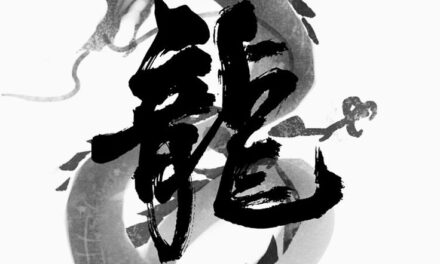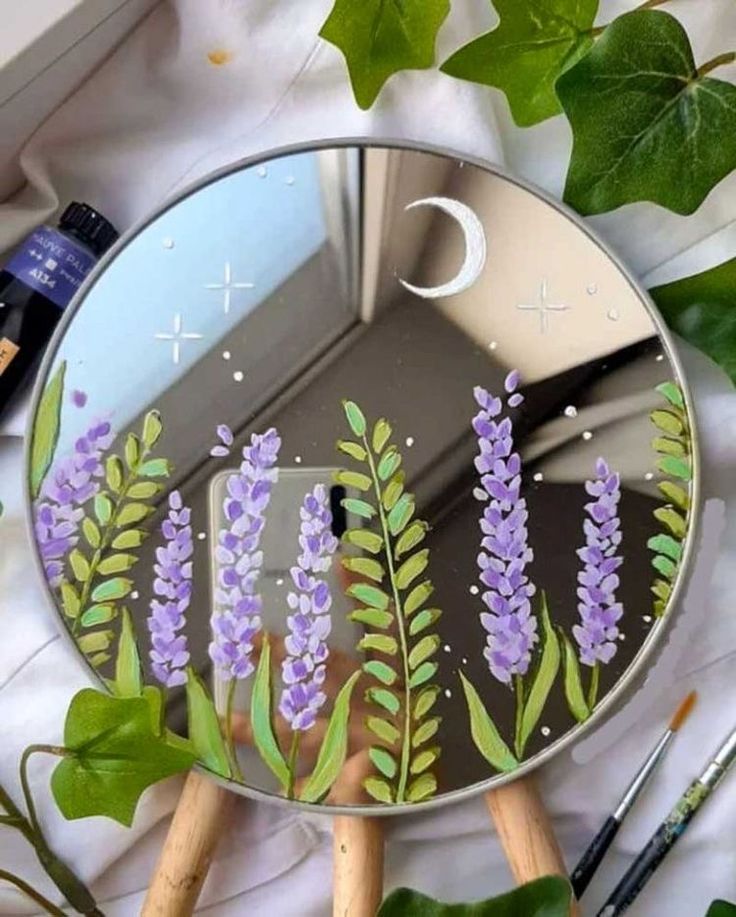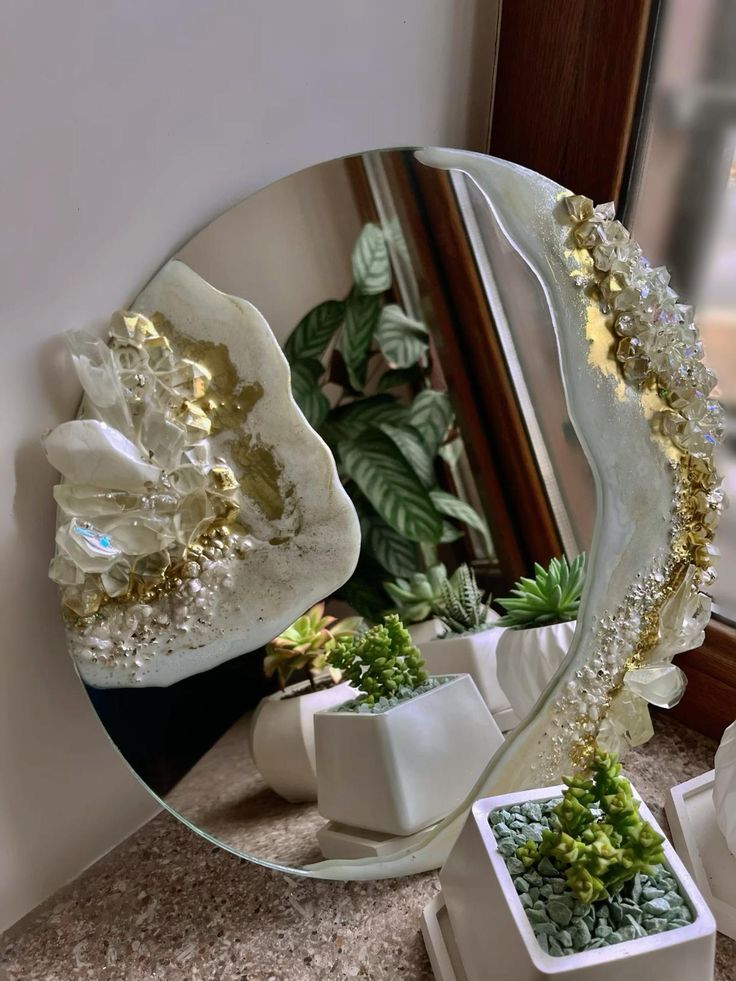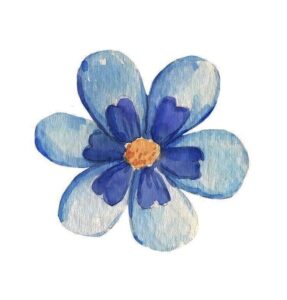Arabic calligraphy is a revered art form in the Arab world, characterized by its beauty and complexity. It has evolved over centuries, influenced by various cultural and historical factors. Here are some key aspects and styles of Arabic calligraphy:
Key Aspects
- Cultural Significance: Arabic calligraphy is often used in religious texts, especially the Quran, making it a significant cultural and spiritual art form.
- Materials and Tools: Traditional calligraphers use reeds or bamboo pens, ink, and paper or parchment. Modern calligraphers may use digital tools as well.
- Techniques: Calligraphers train for years to master the precise movements and strokes required for each script.
Major Styles of Arabic Calligraphy
- Kufic: One of the oldest scripts, characterized by its angular, geometric shapes. Often used in early Quranic manuscripts.
- Naskh: A more cursive and legible script, widely used for everyday writing and printing.
- Thuluth: Recognized for its large, elegant letters and complex compositions, often used in architectural decorations.
- Diwani: A cursive and intricate script, developed during the Ottoman period, used in official documents and decorations.
- Ruq’ah: A simplified and modern script, commonly used for handwriting in the Arab world.
- Maghrebi: Used in North Africa, characterized by its rounded letters and unique flow.
Applications
- Religious Texts: Quranic verses are often rendered in beautiful calligraphy for mosques and religious publications.
- Art and Decoration: Calligraphy is used to decorate everything from buildings and mosques to everyday objects.
- Modern Art: Contemporary artists incorporate Arabic calligraphy into modern and abstract art forms.
Learning Arabic Calligraphy
- Traditional Training: Apprenticeship under a master calligrapher, often following a specific school or style.
- Workshops and Courses: Available in many art institutes and online platforms.
- Practice and Patience: Mastery requires continuous practice and a deep understanding of the cultural and historical context of the scripts.
Notable Calligraphers
- Ibn Muqla: Credited with standardizing the proportional rules for calligraphy scripts.
- Yaqut al-Musta’simi: A prominent medieval calligrapher known for refining the six major scripts.
- Mustafa Râkim: A renowned Ottoman calligrapher who made significant contributions to the Thuluth and Diwani scripts.
Would you like to explore any specific aspect of Arabic calligraphy further?
4o













 learn about over-art
learn about over-art